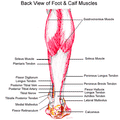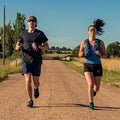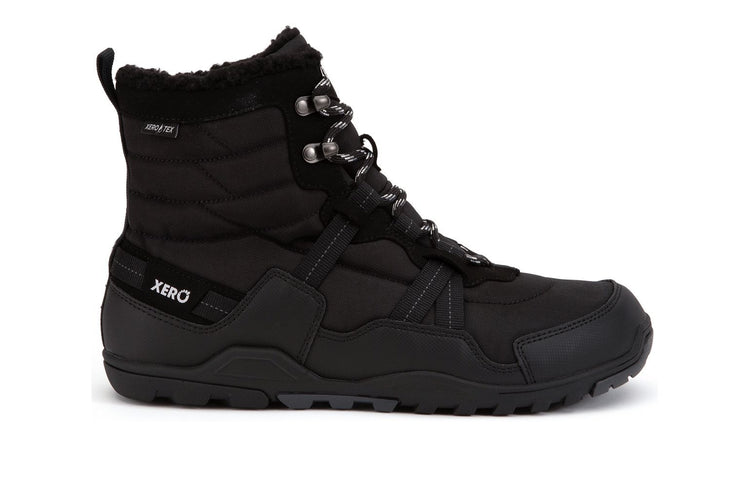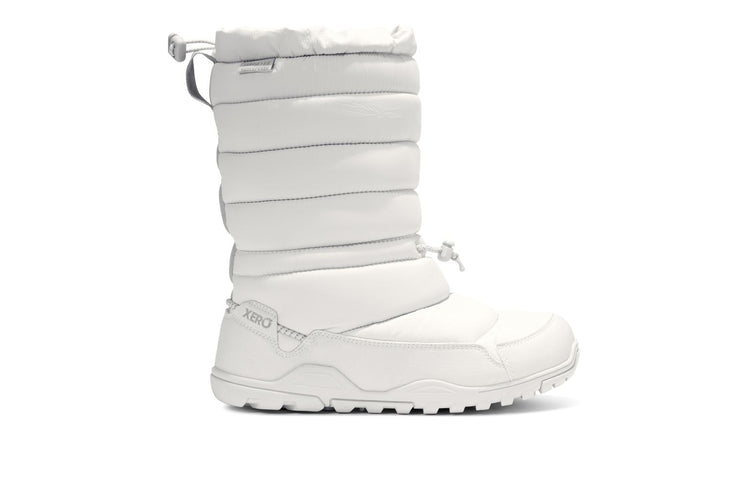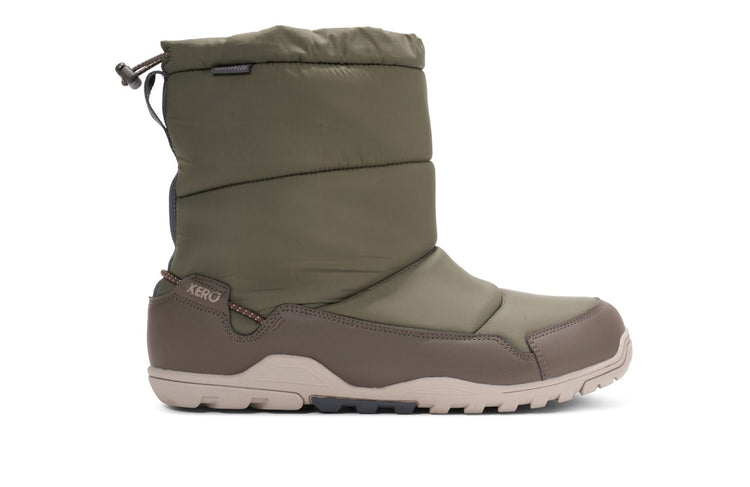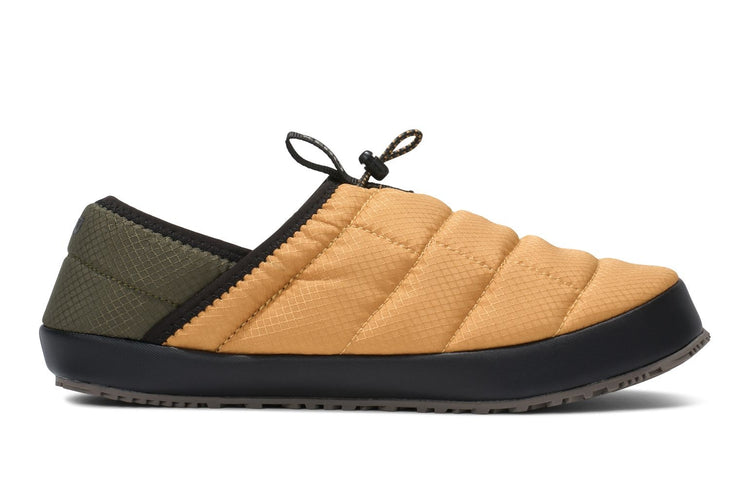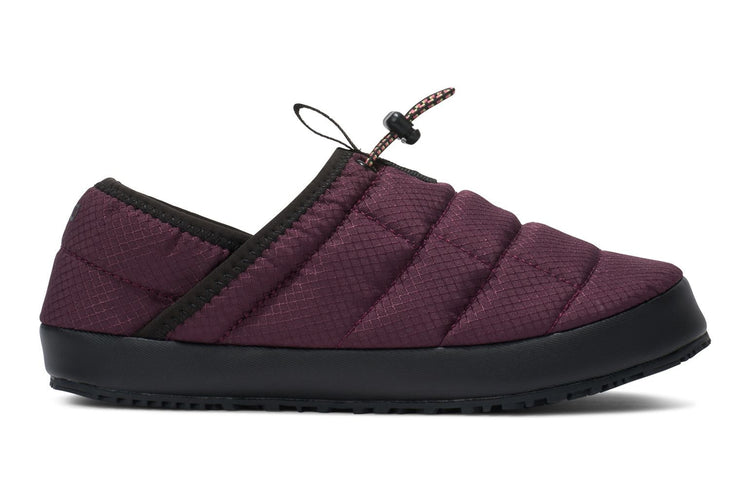latest News
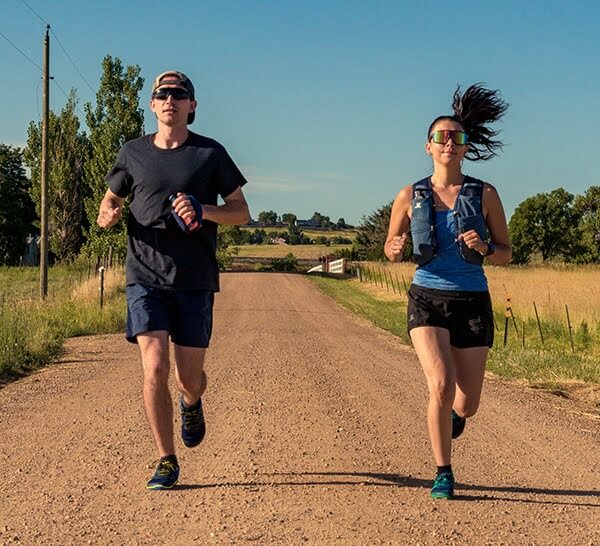
DO NOT “TRANSITION SLOWLY” TO BAREFOOT RUNNING
The more time you spend researching barefoot running and minimalist running — the more articles, interviews with doctors or runners, news stories, and research you dive into — the more you’ll hear one particular warning.Transition to barefoot running SLOWLY. If you make the transition too quickly, you’ll get hurt.Actually, if the piece supports running barefoot, you’ll hear this as a recommendation. If the piece is “anti-barefoot,” then it’ll be a warning.Why You Shouldn’t “Transition Slowly” to Barefoot RunningAdmittedly, even on this site I say something that could sound similar about how to start running barefoot.But to focus on how quickly or slowly you make the transition is to miss the point. Running barefoot safely and enjoyably isn’t about whether it takes you a day, a week, or a year to do so. It’s about HOW you make the transition, not HOW LONG it takes to make it.Transitioning safely to barefoot running (or running in minimalist footwear) is about form, not about seconds on the clock.7 Tips to Help You Smoothly Transition to Barefoot RunningFollow these rules for a safe and smooth transition to barefoot running: Go barefoot or wear a truly minimalist shoe Run on hard and smooth surfaces Your foot should land under your body Use less energy and effort Have your feet touch the ground as little as possible Pick up your cadence Have fun Let’s dive into each of these tips. 1. Go Straight to Barefoot (or Wear a TRULY Minimalist Shoe)It may seem logical that if you've been wearing a shoe with a lot of cushioning or a highly elevated heel, you would want to just slowly transition by starting with a shoe that has less cushioning and a lower heel… and then less and lower until you’re ready for running barefoot or in a barefoot-style shoe.In reality, transitioning to minimalist shoes by going slowly to thinner shoes is not the best way to learn to run barefoot or to run with proper, natural form. Dr. Irene Davis showed how “transition shoes” (which she called “partial minimalist”) can be worse for you than any other shoe, or being barefoot.Instead, you want to go straight to being actually barefoot, since that’ll give you the most feedback, and feedback is what helps you develop natural running form. If that seems too crazy, you can wear a truly minimalist, or “barefoot” shoe with a flat, flexible sole, no unnecessary cushioning, and a wider, foot-shaped toe box.Either way, the idea is to go as close to barefoot as you can and simply start SMALL and SLOW. More about that in a moment.2. Run on Hard and Smooth SurfacesIt also seems logical that you’d want to run on a cushioned surface, like grass.But, successful barefooters recommend running on a HARD, smooth surface… the reason is that you get more feedback from running on a nice road or bike path than you do from running on the grass. Plus, grass tends to be uneven, which could lead to tripping or ankle sprains, and there could be things hiding in the grass that you don’t want to step on… or in.If you want to see a barefoot runner get misty-eyed, show them a freshly painted white line on the side of the road. It's soft, it's smooth, it's cool, it's delightful :-)3. Your Foot Should Land Under Your Body When your foot touches the ground, it should be almost directly under your body. Don’t “overstride.” That is, don’t reach out in front of you with your foot in order to land. Many people who’ve been running in padded, motion-controlled shoes already overstride, reaching out with their heels and landing with an almost straight leg. Some people have heard that when running barefoot, you're supposed to land on your forefoot and will still overstride, but point their toes in order to land on their forefoot.Do not do this!Landing on your forefoot, with your foot out in front of your body puts extra stress on the forefoot and could lead to problems or injury. 4. Use Less Energy & EffortMany people think that when you start running barefoot, calf pain and Achilles pain are almost required. Trust me, 99 times out of 100 calf or Achilles pain comes from using too much effort. And, trust me again, you’re probably not the 1 out of 100 for whom it’s not.As you transition to barefoot running, focus on relaxing, using less energy and effort. For example, rather than pushing yourself off the ground with your foot/toes, try to lift your foot off the ground by flexing at the hip. Pushing off the ground uses WAY more calf muscle effort than is necessary. Similarly, if you think you have to stay on your toes and never let your heel touch the ground, which isn’t true, you’ll put more strain on your Achilles tendon than you need. You can let your heal naturally come to the ground instead.5. Touch the Ground as Little as PossibleWhen barefoot running, or running in truly minimalist shoes, try to focus on touching the ground as little as you can. Rather than “landing” on your feet, think of your feet as something that only touch the ground for as little time as necessary.One way to think about this is that when your feet touch the ground, have them moving at the speed you’re traveling across the ground. Another image that could help here: Your feet should contact the ground more like a wheel that just rolls over it, rather than like a stick that gets planted and pulled out.Another idea: Imagine lifting your foot off the ground before it even touches it. This could help you get your foot off the ground faster.Many other instructions you may find about how to run barefoot are just cues to help you get the correct foot placement and use less effort. 6. Pick Up Your CadenceCadence is the number of steps you take per minute.Picking up your cadence means taking slightly more steps per minute without running faster.There's a commonly held idea that when you run barefoot your cadence should be 180 steps per minute. 180 is not a magic number. Increasing your cadence (just a bit) makes it easier to place your feet under your body, at the correct speed, and with less effort. You can’t “plant” your feet, when they have no time to spend on the ground. You will want to experiment with different cadences that are slightly faster than what you're used to. Knowing that anything different from what you've been doing will initially feel unusual. And, yes, running with a metronome can help.7. Have Fun!You can spot a barefoot runner from 50 yards away. They look like they're having a good time. They're often smiling.So, perhaps the best instruction to help you transition to barefoot or minimalist running is to use fun as your guide. Listen to your body and HAVE FUN… And if you're not having fun, do something until you are.Besides, if you’re just grinding out the miles it’s almost guaranteed that you’ll fall into bad form and increase your chances of injury. How Long Does the Transition Take?The length of time it takes to learn to run in barefoot-style shoes or completely barefoot is different for everybody. For some, it takes no time at all because they already run in the way I described. For others, it takes longer, since they are learning a new skill and a new way to move — and different people learn at different rates. For a rough timeline, it should take anywhere from 1-4 months to fully transition to barefoot running.Effective and enjoyable barefoot running is an ongoing process. You will continue to improve the longer you do it. Taking the time to transition to barefoot running will be worth it in the long run. Focusing on the amount of time it takes you to make the change is putting your attention on the wrong thing. If you believe that it’s just about putting in the hours until you’re suddenly a successful barefoot runner, you may never make the form adjustments that will give you what you want.On the other hand, if you pay attention to the correct things, the important things – to your form, to relaxing more, to having fun – that could dramatically speed up your transition time. Pay attention to your sensations — if it hurts, take a look at the tips above and try something different until it doesn’t hurt. No pain, GAIN.Turn off the clock and turn on your awareness; you’ll have fun running barefoot (or wearing barefoot shoes) in no time.The content of this post does not constitute and is not intended to be a substitute for professional medical advice, diagnosis or treatment. Always seek the advice of a physician or other qualified health provider with any questions or concerns you may have about your health or a medical condition.
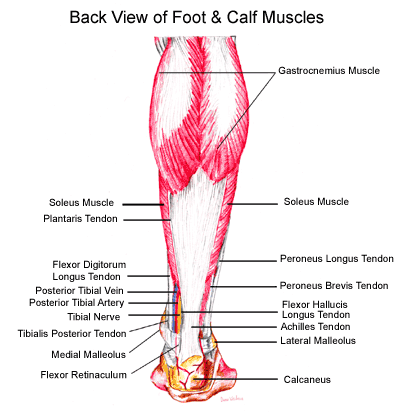
Does Barefoot Running Cause Calf Pain? - Xero Shoes
People making the transition to running barefoot or in minimalist shoes sometimes experience calf pain or even calf injuries. They can also feel pain in their Achilles tendon.I have talked with plenty of people who assume this kind of pain is just part of the transition process from running in typical running shoes to running barefoot or in minimalist shoes.If you’ve heard this, too, I have good news for you:Pain isn’t a necessary part of the process!I like to say “calf and Achilles pain is optional” (if you know what to do).I am going to first give you an overview of why runners might experience calf pain in the first place before turning to barefoot running and why I think the conventional wisdom here is wrong.Why We Get Achilles Tendon and Calf Pain when RunningYour calf has a set of muscles (including the gastrocnemeus and soleus muscle) that connect to the Achilles tendon and provide both the power for pushing with your foot, as well as controlling how your heel comes down to the ground if you land on the ball of your foot.The most basic reason runners experience calf pain is overworking the muscles and tendons.This can happen for a variety of reasons. In some cases, it is because they were used to apply an amount of force the muscles are not used to. For instance, if you’re used to running on flat surfaces but then go for a run on a hill, your calf muscles are going to be working a lot harder than usual. This can also happen with a sudden increase in distance.In other cases, it isn’t that the force is too much but that it goes on for so long. To put it differently, the muscles are pushed past their point of endurance.Sometimes, a runner’s calf muscles have simply been asked to work before a proper warm up or stretch. Tight calves that are suddenly put to work places a lot of strain on the muscles.Whatever the reason, pain is your body’s way of telling you that your muscles need a rest, and that you probably need to use your calves differently once you’re feeling better.Sore calves are a normal effect of exercise and nothing to worry about. Severe calf pain, on the other hand, is an indication of a more serious problem. If you overwork your calf muscle, you risk injuries like a calf strain or even a calf tear. Muscle tears are painful and can require a long recovery process.In short, then, tendon or calf pain is an indication that you’ve overdone it in some way.Why People Assume Calf and Tendon Pain Are Just Part of Barefoot RunningWhen you run barefoot, you run differently than if you’re in typical shoes (get tips on how to run barefoot here). Generally speaking, runners who are used to thick, modern running shoes will tend to land heel first with their foot contacting the ground well in front of their body.Once making the switch to either no shoes or minimalist ones, most runners will probably stop landing that way. Why? Because it hurts to land on your heel!Instead, barefoot runners will tend to adopt a mid-foot or fore-foot strike pattern, landing with the heel initially off the ground. In that running form, the calf muscles act as shock absorbers, controlling the speed with which your heel comes down to the ground (or near it). This “eccentric” or “negative” loading can place greater demands on calf muscles and tendons than they used to.It makes sense, then, that transitioning to barefoot-style running could lead to overworking of the calf muscles and therefore to calf pain and soreness.Most people think the issue is that the calf muscles are too weak because of previous underuse and the solution is to make the calf muscle stronger.In other words, people believe that calf and Achilles soreness is practically inevitable when you try running barefoot, and that building strength is the eventual cure.But that story is missing something important.Why Calf and Tendon Pain Are AvoidableI say that it is missing something and not that it is totally wrong.It is true that barefoot running usually means a new (and more natural) running technique that can place more demands on the calf muscle.But this doesn’t need to lead to calf pain when running.The most common problem many runners have when they begin to run barefoot is that they simply use more effort than necessary when they run.Consider that there are two ways to keep your calf muscles from being overworked: to have stronger muscles for a given amount of work or to reduce the work required. Runners usually assume they need to do the first thing – build up their calf muscles with strengthening exercises.From what we’ve seen, having heard from tens of thousands of new-to-barefoot runners, the “secret” to reducing your odds of having calf pain is to do less and relax more.So let’s take a deeper look at this other option: to prevent calf pain or calf injury by reducing the amount of work you ask your calves and Achilles to do.The Common Mistakes Barefoot Runners MakeOkay, so how do we do less and relax more?It all comes down to form.New barefoot runners often have two other habits that put unnecessary strain on their muscles and tendons, putting them at risk of calf muscle injuries:Overstriding while landing on the mid-foot or ball of the footMost new barefooters hear that you should land on the ball of your foot, or on your midfoot.It’s true. BUT, the mistake many make is using the same form they have in regular shoes – landing with their foot in front of their body (“overstriding”), and then merely pointing their toes.When you land with your foot further in front of your body, you’re basically “putting on the brakes” which puts excessive force on your foot.If you point your toes to land on your forefoot, you use your calf and Achilles to decelerate and this amount of force is more than most people’s calves can handle. In fact, it’s more than the bones of your foot are made to handle so you’re also risking a stress fracture.Sure, getting freakishly strong may make that easier to do, but the correct solution is to “stop putting on the brakes” when you land by stopping your over-striding and, instead, placing your foot more underneath your body when you land.By not applying that breaking force, your calves don’t have to do as much work.One way to learn to land with your foot underneath you is by increasing your cadence – the number of steps you take per minute – without running faster. This quicker cadence makes it harder to overstride.There’s actually a recent study on this. Researchers found that runners with a history of recurrent calf strain injuries land with their heels further away from their center of mass.Pushing OffSimilarly, if you remove your foot from the ground by pushing off with your toes, you’re essentially doing bodyweight calf raises every time you take a stride… and even a short run would be more than your body can handle.Again, the solution isn’t to hit the gym to lift weights or cross train to improve your calf raise strength. It’s to LIFT your foot off the ground (instead of pushing) by flexing at the hip.I know that sounds weird, so let me give you an image to help it make sense:Imagine what happens if you stepped on a bee and it stung your foot… you wouldn’t try to push away from the ground since that would drive the stinger further into your sole. You would reflexively (faster and easier) pull your foot from the ground with a hip flex.You want to use that same hip flex to get your foot off the ground when you run. You’re still using your calf muscles, but not nearly as much as you do by “toe-ing off.”How to Find the Right Running Style that Won’t Lead to Tendon or Calf StrainIn order to use less effort, you’ll probably have to start with less running.That’s fine.Even when you make the adjustments I just described, barefoot running will have you using your lower leg muscles in new ways that will take some time to get used to.The key thing at this early stage to prevent calf injuries is to be patient and listen to your body. Calf tightness isn’t something to worry over. Make sure you are warming up with some calf stretches to keep loose.On the other hand, sharp pain in your feet or calves, shin splints, calf strains — these are all clear messages from your body that something isn’t right. You may even find that you are getting calf pain in your left calf but not your right calf. That can be an indication that you are getting it right with one leg but not yet the other.If you are willing to take it slowly and make adjustments, it is just a matter of time before you find the running form that will feel easy and fun.And you’ll find that you will be able to run your usual distances and times sooner than you think.By the way, it isn’t just calf pain that is a potential issue. Running injuries like plantar fasciitis and shin splints are common, and researchers suggest an important risk factor is increases in the volume or pace of training. Injury prevention requires respecting your body’s limits.By the time you figure everything out, you will probably have gained any extra strength you need.Barefoot Running…in Shoes? I have mentioned minimalist shoes in this article about running barefoot and calf pain. Maybe that confused you. If so, let me explain.Barefoot running is all about recovering a natural running form that allows our bodies to function the way they are designed. It seems obvious that doing what’s natural is better for our bodies. It’s also a lot more fun. It’s really more about how your feet move than about what you have on them.It’s about the form, not the footwear.There is a relationship between the two, however. Minimalist shoes (also called barefoot shoes) are designed specifically to give you the flexibility and feedback that let you maintain natural movement without you having to walk around in bare feet. So you can absolutely try barefoot walking or running without having to ditch footwear, as long as it’s the right footwear.We’ve put together a handy tool to help you find the perfect pair of barefoot shoes (or sandals) for you. Why not have a look?The content of this post does not constitute and is not intended to be a substitute for professional medical advice, diagnosis or treatment. Always seek the advice of a physician or other qualified health provider with any questions or concerns you may have about your health or a medical condition.


